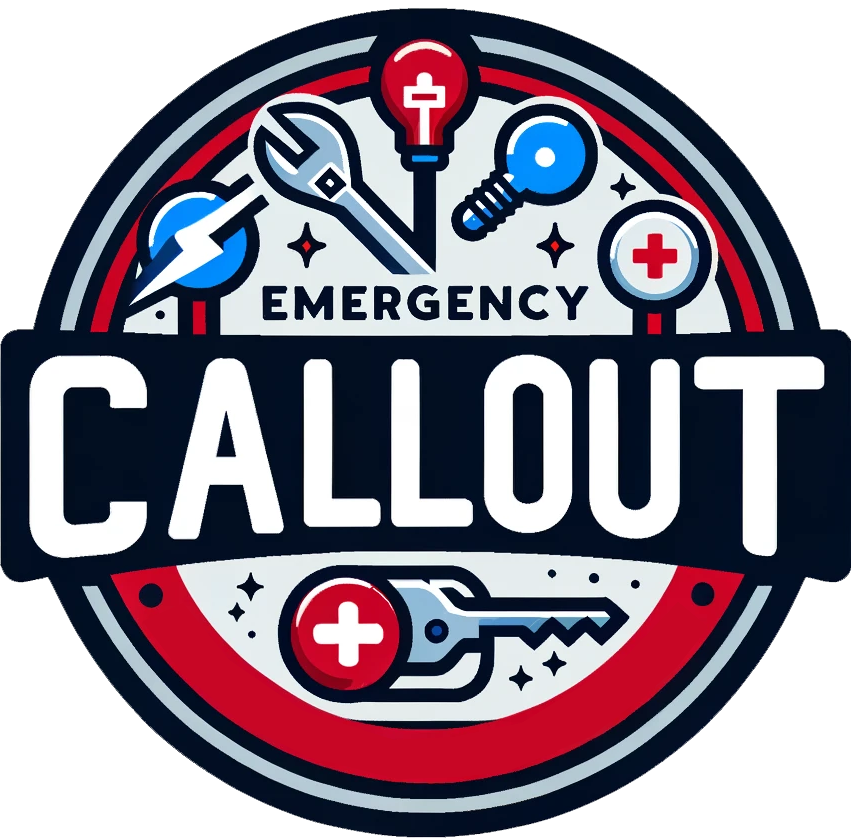Emergency exit lighting is a crucial aspect of building safety in the UK. This type of lighting is designed to provide illumination and guidance to occupants in the event of an emergency, such as a fire or power outage, to help them safely evacuate the building. In this article, we will explore the regulations and requirements for emergency exit lighting in the UK, as well as the various types of lighting available and the importance of regular maintenance and testing.
Regulations and Requirements
In the UK, emergency exit lighting is governed by several regulations and standards to ensure the safety of building occupants. The main regulations that apply to emergency lighting in the UK are the Regulatory Reform (Fire Safety) Order 2005 and the British Standard BS 5266. These regulations outline the requirements for the provision, installation, and maintenance of emergency lighting in different types of buildings, including commercial, industrial, and residential properties.
Under these regulations, building owners and operators are responsible for ensuring that suitable and sufficient emergency lighting is provided to enable safe evacuation of the building in the event of a power failure or emergency situation. This includes the installation of emergency exit signs, illuminated escape route signs, and emergency lighting units at designated exit points and along escape routes.
Types of Emergency Exit Lighting
There are several types of emergency exit lighting available in the UK, each designed for specific applications and building types. The most common types of emergency exit lighting include:
– Self-contained emergency lighting: This type of lighting system includes self-contained units with integral batteries that provide backup power in the event of a mains failure. Self-contained emergency lights are suitable for small buildings and areas where the installation of a central battery system is not practical.
– Central battery systems: Central battery systems provide power to multiple emergency lighting units from a central battery pack. These systems are ideal for larger buildings and complex escape routes, as they allow for a centralized approach to testing, maintenance, and monitoring of emergency lighting.
– Maintained and non-maintained emergency lighting: Maintained emergency lighting is designed to operate continuously, providing illumination during normal building occupancy as well as in the event of a power failure. Non-maintained emergency lighting, on the other hand, only operates in the event of a power failure, providing backup illumination for evacuation purposes.
Importance of Maintenance and Testing
Regular maintenance and testing of emergency exit lighting are essential to ensure that the system operates effectively when needed. The Regulatory Reform (Fire Safety) Order 2005 requires building owners and operators to maintain their emergency lighting systems in good working order and to ensure that they are tested regularly.
Maintenance tasks for emergency exit lighting may include checking for damaged or worn components, ensuring that batteries are in good condition, and cleaning light fittings to maintain their performance. Testing of emergency lighting systems should be carried out at regular intervals to ensure that all units are functioning correctly and that the backup power supply is sufficient to provide the required illumination.
Failure to comply with the maintenance and testing requirements for emergency exit lighting can result in serious consequences, including legal liability, fines, and potential endangerment of building occupants in the event of an emergency.
In conclusion, emergency exit lighting is a vital component of building safety in the UK. It is essential for building owners and operators to understand the regulations and requirements for emergency lighting, as well as the different types of lighting systems available and the importance of regular maintenance and testing. By ensuring that emergency exit lighting is properly installed, maintained, and tested, building owners can help to ensure the safety and wellbeing of occupants in the event of an emergency.



